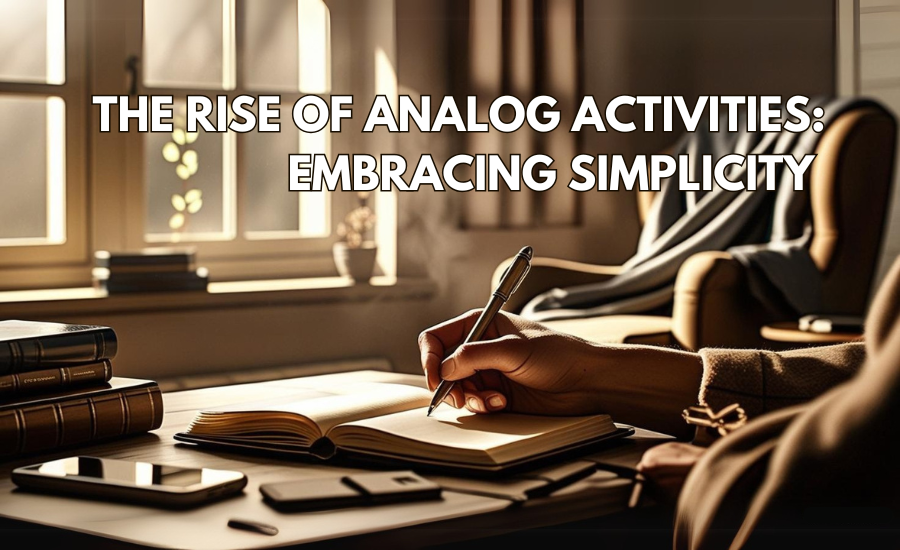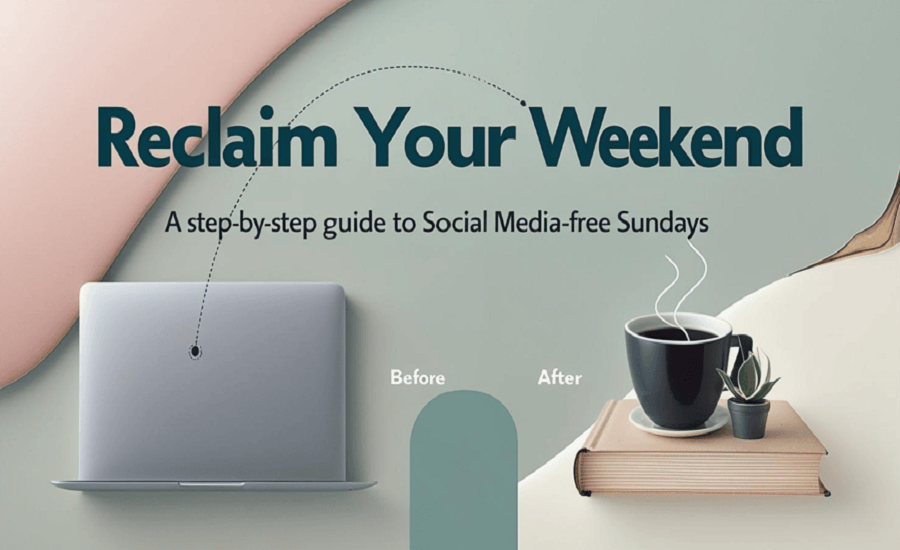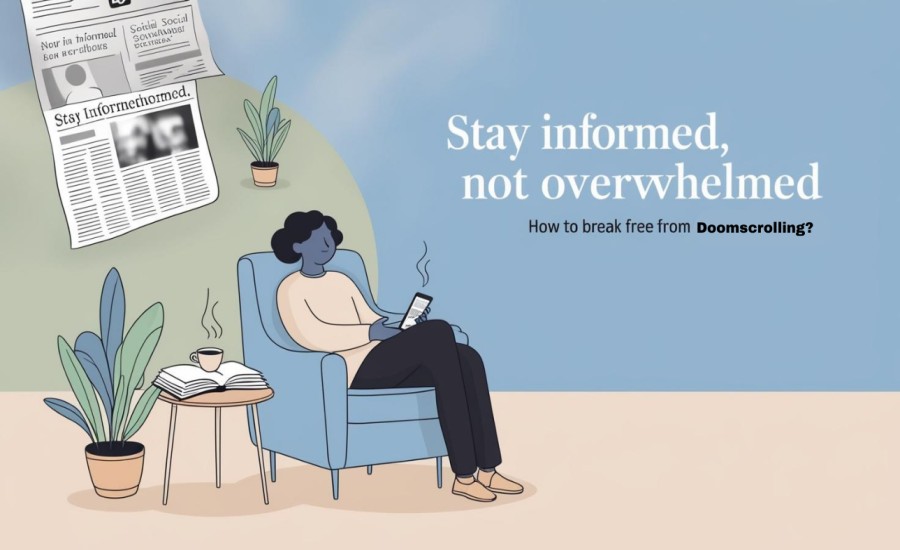In a world dominated by screens, notifications, and constant connectivity, a quiet revolution is brewing. People are increasingly turning to analog activities – those that don't involve screens or digital technology – seeking a respite from the digital noise and a return to simpler pleasures. This isn't about rejecting technology altogether; it's about finding balance, reclaiming our attention, and rediscovering the joy of hands-on experiences. This blog post will explore the fascinating rise of analog activities, delve into the why behind this trend, and provide practical tips for incorporating more "analog" into your life. Are you ready to unplug and embrace the power of simplicity?
The Digital Backlash: Why We're Craving Analog
The increasing popularity of analog activites isn't just a fleeting trend; it's a direct response to the downsides of our hyper-connected world. We're reaching a tipping point where the benefits of technology are being outweighed by the negative impacts on our well-being.
The Attention Economy's Toll
We live in an "attention economy," where companies are constantly vying for our attention. Social media platforms, apps, and streaming services are designed to be addictive, using sophisticated algorithms to keep us hooked. This constant bombardment of information and stimulation leads to:
- Reduced Attention Spans: Our ability to focus deeply on a single task is diminishing.
- Increased Stress and Anxiety: The constant pressure to stay connected and informed can be overwhelming.
- Sleep Disruption: The blue light emitted from screens interferes with our natural sleep cycle.
- FOMO (Fear Of Missing Out): The curated, often unrealistic, portrayals of others on social media can lead to feelings of inadequacy and envy.
The Loss of Tactile Experiences
Our increasingly digital lives are depriving us of tactile experiences – the joy of touching, feeling, and creating with our hands. There's a profound difference between typing on a keyboard and writing with a pen, between scrolling through photos and holding a physical print, between playing a video game and building something with wood.
The Disconnect from Nature
Many of us spend the vast majority of our time indoors, glued to screens. This disconnect from nature has negative consequences for our physical and mental health. Studies have shown that spending time in nature reduces stress, improves mood, and boosts creativity.
Statistics show that “Americans spend, on average, approximately 90% of their time indoors.” - U.S. Environmental Protection Agency (EPA)
The Search for Authenticity
In a world of curated online personas and filtered images, there's a growing desire for authenticity and genuine human connection. Analog activities offer a respite from the performative nature of social media and allow us to connect with ourselves and others in a more meaningful way.
The Allure of Analog: What Activities Are Gaining Popularity?
The resurgence of analog activities is evident in a wide range of areas, from hobbies and crafts to social gatherings and personal practices.
The Return of Traditional Crafts
Activities like knitting, crocheting, pottery, woodworking, and calligraphy are experiencing a revival. These crafts offer a tangible sense of accomplishment, a creative outlet, and a meditative escape from the digital world. "Working with your hands is a powerful way to ground yourself in the present moment and connect with your creative potential. It's a form of therapy in itself.".
The Board Game Renaissance
Board games are booming in popularity, providing a fun and engaging way to connect with friends and family without screens. They offer a welcome alternative to video games and social media, fostering collaboration, strategic thinking, and face-to-face interaction.
The Vinyl Revival
Despite the dominance of digital music, vinyl records are making a comeback. The tactile experience of handling a record, placing the needle on the groove, and listening to the warm, analog sound is a stark contrast to the sterile convenience of streaming.
The Rise of Analog Photography
While digital photography is ubiquitous, there's a growing interest in film photography. The deliberate process of loading film, composing a shot, and waiting for the prints to develop offers a slower, more mindful approach to capturing images.
Journaling and Letter Writing
Putting pen to paper is a powerful way to process thoughts and emotions, connect with oneself, and communicate with others in a more personal way. Journaling and letter writing are experiencing a resurgence as people seek alternatives to fleeting digital communication.
Gardening and Outdoor Pursuits
Getting your hands dirty in the garden, hiking in the woods, or simply spending time in nature are all powerful ways to disconnect from technology and reconnect with the natural world.
Embracing Simplicity: How to Incorporate Analog Activities into Your Life
Making the shift towards a more analog lifestyle doesn't require drastic changes. Start small, be intentional, and focus on activities that genuinely resonate with you.
Start with Small Swaps
Identify areas of your life where you can easily replace digital activities with analog ones. For example:
- Read a physical book instead of scrolling through social media before bed.
- Write in a journal instead of venting on Twitter.
- Play a board game with your family instead of watching TV.
- Listen to a vinyl record instead of streaming music.
- Take a walk in nature without your phone.
Schedule "Analog Time"
Just as you schedule meetings and appointments, schedule dedicated time for analog activities. This could be 30 minutes a day, an hour a week, or even a whole "analog Sunday." Treat it as a non-negotiable commitment to your well-being.
Create a Dedicated Space
If possible, create a dedicated space in your home for analog activities. This could be a cozy reading nook, a crafting corner, or a workshop. Having a designated space makes it easier to engage in these activities and reinforces your commitment to them.
Find Your Analog Tribe
Connect with others who share your interest in analog activities. Join a local craft group, attend a board game meetup, or take a class. Sharing your passion with others can provide motivation and support.
Be Patient and Persistent
It takes time to break old habits and form new ones. Don't get discouraged if you slip up and find yourself reaching for your phone. Just acknowledge it, gently redirect your attention, and keep practicing.
The Benefits of Going Analog: More Than Just a Trend
The rise of analog activities isn't just a nostalgic fad; it's a movement with profound benefits for our well-being.
Reduced Stress and Anxiety
Disconnecting from the constant stimulation of the digital world allows our nervous system to relax and reset, reducing stress and anxiety levels.
Improved Focus and Concentration
Engaging in analog activities that require sustained attention, like reading or crafting, can help strengthen our ability to focus.
Enhanced Creativity
Stepping away from screens and engaging in hands-on activities can spark our creativity and lead to new ideas and insights.
Deeper Connections
Analog activities often involve interacting with others in person, fostering stronger relationships and a sense of community.
Increased Mindfulness
Engaging in the present moment.
Conclusion: Reclaiming Your Time, Reclaiming Your Life
The rise of analog activities is a powerful reminder that we have a choice in how we interact with technology. We don't have to be passive consumers of digital content; we can actively choose to create, connect, and experience the world in a more meaningful way. By embracing simplicity and incorporating more analog activities into our lives, we can reclaim our time, reduce stress, boost our creativity, and cultivate a deeper sense of well-being. A Digital Detox isn't just a trend—it's a conscious decision to unplug and rediscover the joy of the offline world.
Frequently Asked Questions (FAQs)
Q1: I'm addicted to my phone. How can I possibly go analog?
A1: Start small! Even short periods of disconnection can make a difference. Try putting your phone away for 30 minutes a day and gradually increase the time.
Q2: I don't have time for hobbies. How can I fit analog activities into my busy schedule?
A2: Look for small pockets of time throughout your day. Even 15 minutes of reading or journaling can be beneficial. You might be surprised at how much time you can reclaim by reducing your screen time.
Q3: Aren't analog activities expensive?
A3: Not necessarily. Many analog activities, like walking in nature, reading a library book, or writing in a journal, are free or very low-cost.
Q4: I'm afraid of missing out if I disconnect from social media.
A4: Remember that social media often presents a distorted view of reality. Focus on the joy of missing out (JOMO) and the benefits of being present in your own life.
Q5: What if my job is tied to technology
A5: That's understandable. Look for small pockets of time to disconnect, outside of work






